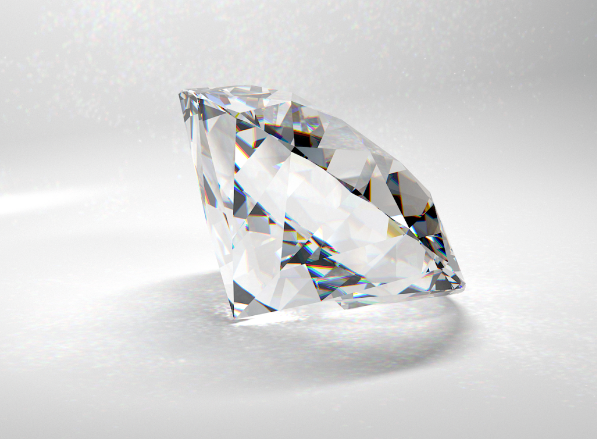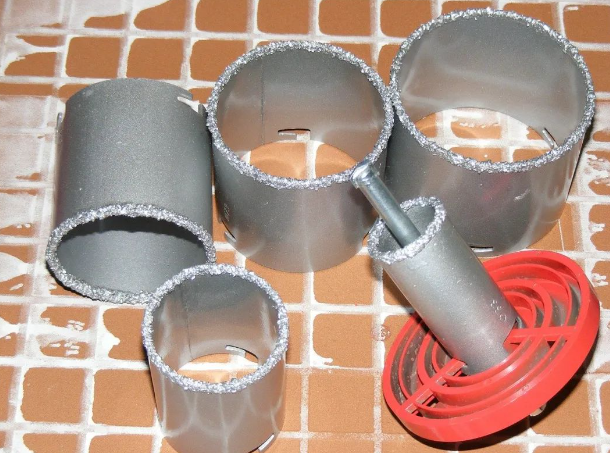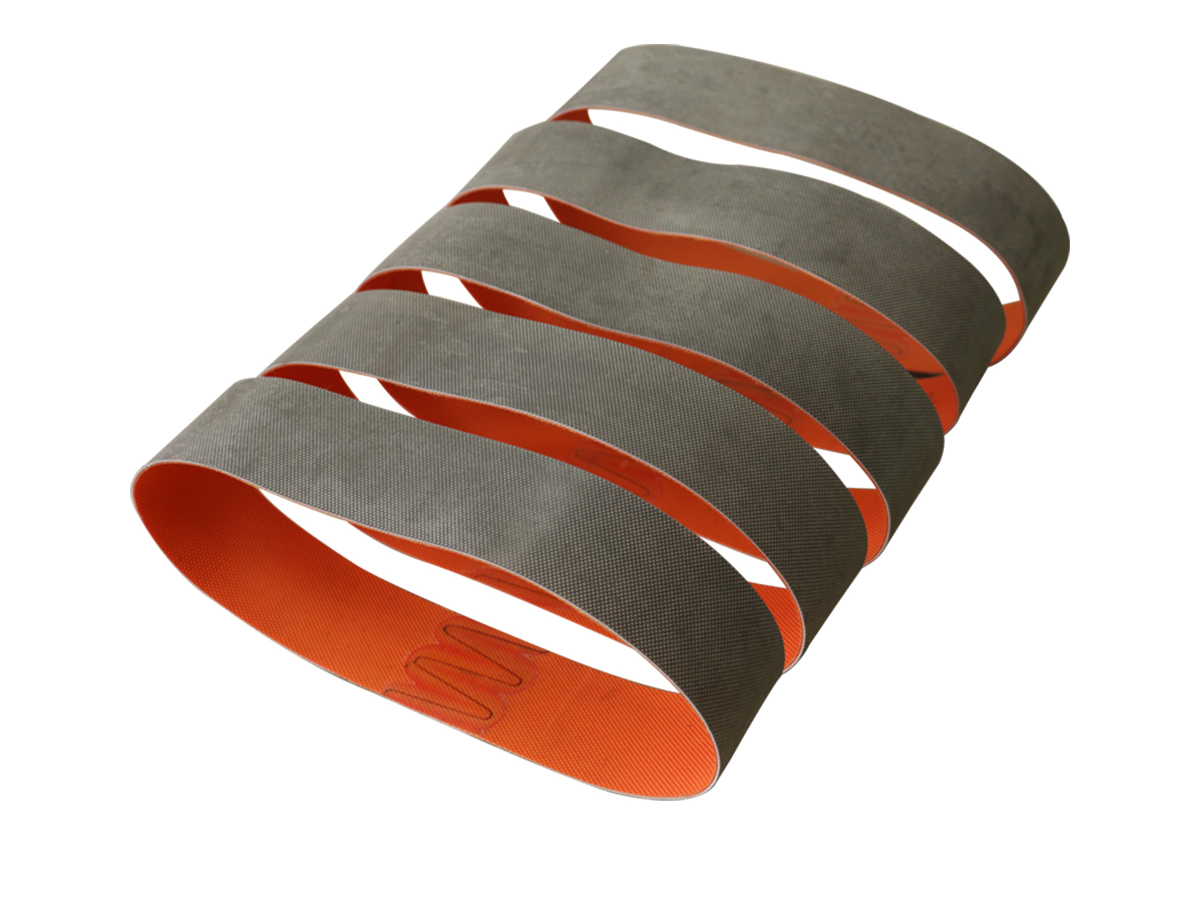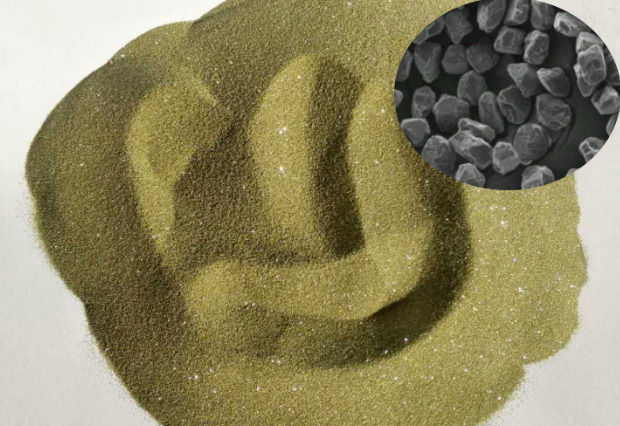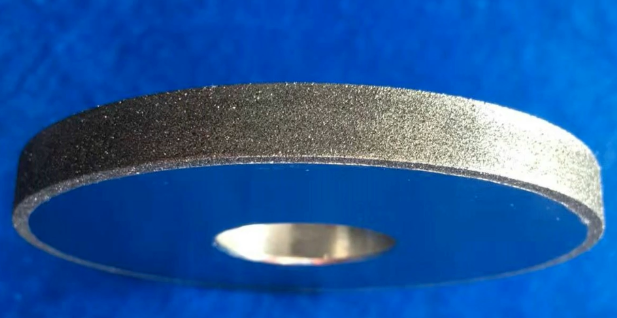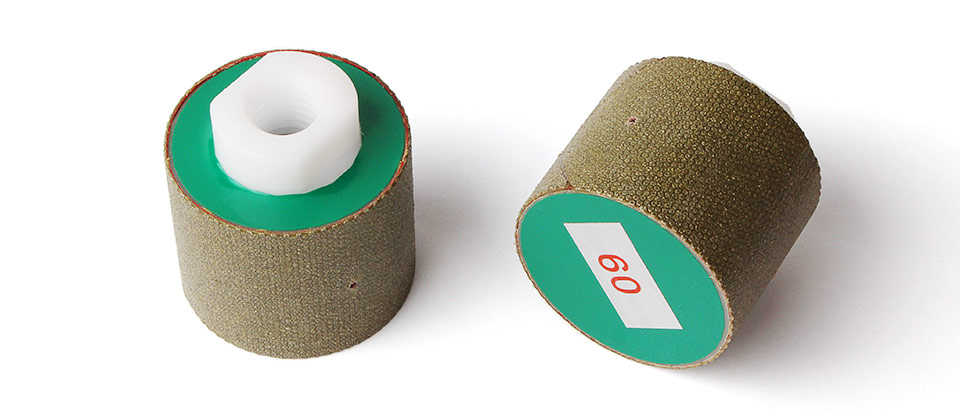We all know that pencil lead is very soft and easy to break. There is such a material that is also made of carbon as pencil lead, but it is the hardest material in the world, which is diamond.
Because of the hardness and scarcity of diamonds, people have regarded them as precious gemstones since ancient times, and the diamond after cutting and polishing is called diamond, which is one of the most precious gemstones in the world.
The hardness of diamond is very high. It can draw traces on almost all objects. Diamond is sharp and not easy to heat. So it is also used in process production, such as embedding diamond on various tool substrates to make some grinding and cutting tools. This manufacturing process is electroplated diamond.
Electroplated diamond
Electroplating diamond is based on the principle of electroplating. The diamond sand is embedded on the workpiece with nickel. One part of the diamond will be embedded on the substrate, and the other part will be exposed on the surface to form a firm and wear-resistant working layer.
The purpose of electroplated diamond is to increase the cutting and grinding ability by embedding dense diamond particles on the surface of metal workpiece. Various grinding tools manufactured by electroplated diamond technology are widely used in machinery, glass, building materials and other industries.
The formation of diamond needs to be formed in a special environment, so the production of diamond is relatively concentrated and the output is relatively small. Natural diamond cannot meet the demand, so the electroplated diamond is made of synthetic diamond particles.
Development history of grinding
Humans have a long history of using various grinding tools to process objects. In ancient times, ancient people used sharp stones, animal bones, sticks and other tools to hunt and cut food, which is also the earliest grinding tool.
It is recorded that in the Yuan Dynasty, there was a tool in China that used natural rubber to glue shell powder onto sheepskin for polishing. This is the earliest recorded inlaid abrasive tool.
Since the discovery of various metals such as bronze, human beings have begun to use their harder and more plastic characteristics to process these metals into various tools and widely apply them in various grinding processes. Since then, human beings have entered a new era of using metal grinding.
In modern times, with the rapid development of industrial production, the hardness of the processed materials is getting higher and higher, and ordinary metal grinding tools can no longer meet its needs, so people began to look for materials with higher hardness as abrasives.
So there are grinding materials such as natural corundum, artificial silicon carbide and artificial diamond with higher hardness that are widely used now. After grinding these materials into fine particles, they are fired or embedded on other metal substrates to form a certain shape of grinding tools, so as to carry out grinding processing.
Characteristics of electroplated diamond
The products made from electroplated diamond are composed of two parts: workpiece and diamond coating. Therefore, this electroplated diamond deposition process can produce various grinding tools with irregular structure, small and thin size and high precision.
Electroplated diamond usually uses nickel as the bond between the diamond particles and the substrate. It will firmly embed 1/2 or 2/3 of the diamond on the workpiece, and the coating will be very hard. This will make the plated diamond very wear-resistant, and the diamond will not fall off easily.
Because the hardness of diamond is very high and the sharpness of diamond particles can be maintained for a long time, the working efficiency of various grinding tools made of electroplated diamond will also be significantly higher and more wear-resistant.
In the manufacturing process of electroplated diamond, the process of low-temperature deposition after electrification is adopted, so it will not produce high temperature and high pressure on the diamond, and will not have any impact on the diamond itself, which also ensures that the quality of the diamond will not be reduced, and is more conducive to improving the grinding quality.
Electroplating diamond process flow
Diamond raw material
Select the corresponding number of diamond mesh according to the required precision of the electroplated diamond tool, and the synthetic diamond will show a polyhedron with diamond angle under the microscope, and show a yellow-green color.
In order to ensure the quality of electroplated diamond, a professional magnetic separator will also be used to extract various impurities from the diamond particles to ensure the purity of the diamond.
Degreasing
Use industrial alkali to remove oil, put caustic soda into water and boil it for 30 minutes, and then wash it with distilled water for 2-3 times to remove the oil stain on the diamond surface.
The electroplated diamond workpiece also needs to be degreased. Usually, the workpiece is put into the ultrasonic cleaner with caustic soda, and the water is heated to melt the caustic soda, and then the ultrasonic cleaning is carried out for 30 minutes.
Pre-plating
In order to make the diamond and the substrate can be firmly combined, it is necessary to wrap the electroplated coating on the surface of the workpiece before electroplating the diamond.
The electrolyte is heated to 50 ℃, and the workpiece is put into the energized plating bath. After the reaction of metal nickel and the plating solution, the nickel ion will deposit on the surface of the workpiece, forming a thin plating layer.
electroplate
To embed diamond grains on the electroplated layer of the workpiece, there are usually two methods: sand embedding method and sand drop method. The sand drop method can only finish the sand on one surface at a time, so it is more suitable for single-sided electroplated diamond products; The sand embedding method is to embed the products requiring electroplated diamond in the diamond sand, so it is more suitable for cylindrical or irregular products.
However, their principles are the same. After the electroplating solution and the workpiece are electrified, the diamond particles will be stacked on the pre-plated workpiece. Under the action of the electric field, the nickel will decompose and release the nickel atoms, which will be deposited on the workpiece with the diamond particles. The diamond on the surface will be gradually wrapped to form a diamond coating.
Wash and dry
After electroplating, wash the product with clean water, because there will be some electroplating liquid and diamond grit left between the diamond grit; Finally, the water on the surface of the product can be evaporated by hot air, and an electroplated diamond product is completed.
Post time: Feb-03-2023

